شرح مرشحات عدسة الكاميرا
Camera Lens Filters Explained
شرح مرشحات عدسة الكاميرا

المرشحات في التصوير الفوتوغرافي - صفائح من الزجاج أو الراتنج متصلة بعدسة الكاميرا - يمكن أن تخدم أغراضًا مختلفة للمصورين. يمكن أن تكون لا غنى عنها لالتقاط المناظر الطبيعية في ظروف الإضاءة الصعبة للغاية، ويمكنها تحسين الألوان وتقليل الانعكاسات، ويمكنها ببساطة حماية العدسات. تستخدم المرشحات على نطاق واسع في التصوير الفوتوغرافي والسينمائي. يستخدم بعض المصورين المرشحات فقط في حالات نادرة، بينما يعتمد البعض الآخر على المرشحات في عملهم اليومي.

إذًا، ما الذي يجعل المرشحات مفيدة جدًا؟ يعتمد الأمر في الواقع على نوع التصوير الفوتوغرافي الذي تقوم به.
على سبيل المثال، يعتمد مصورو المناظر الطبيعية بشكل كبير على المرشحات المختلفة، بينما نادرًا ما يستخدمها مصورو الشوارع والصور الشخصية. نظرًا لأن التصوير الرقمي يدور حول جودة الضوء وكثافته، فغالبًا ما تكون مرشحات العدسة ضرورية لتعديل الضوء قبل دخوله إلى العدسة.
يعتقد العديد من المصورين أن بعض الأدوات المدمجة في Lightroom وPhotoshop يمكنها محاكاة سلوك المرشح، مما يجعل المرشحات زائدة عن الحاجة في العصر الرقمي. كما سأوضح أدناه، في الواقع، لا يمكن أبدًا محاكاة بعض المرشحات في البرامج وبعضها يساعد في الحصول على نتائج أفضل أثناء المعالجة اللاحقة. في هذه المقالة، سأتحدث عن الأنواع المختلفة لمرشحات العدسات المتاحة، وماذا تفعل، ومتى وكيف تستخدمها.
(كملاحظة جانبية، إذا كنت ترغب في التعرف على المرشحات بتنسيق فيديو، فقد أنشأنا البرنامج التعليمي الأكثر شمولاً حول المرشحات في أي مكان على Youtube. يمكنك مشاهدته أدناه.)
(نعتذر لعدم توفر الفديو باللغة العربية)
https://www.youtube.com/watch?v=cpGo8J-dIgI

Filters in photography – sheets of glass or resin attach to your camera lens – can serve different purposes for photographers. They can be indispensable for capturing scenery in extremely difficult lighting conditions, they can enhance colors and reduce reflections, and they can simply protect lenses. Filters are widely used in photography and cinematography. Some photographers only use filters in rare situations, while others rely on filters for their everyday work.
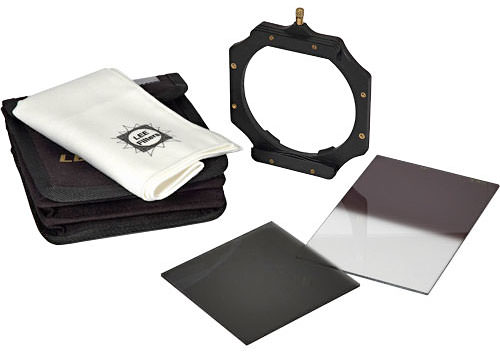
So, what makes filters so useful? It actually depends on the type of photography you do.
For example, landscape photographers heavily rely on various filters, while street and portrait photographers rarely get to use them. Since digital photography is all about the quality and intensity of light, lens filters are often necessary to modify the light before it enters the lens.
Many photographers think that some of the built-in tools in Lightroom and Photoshop can simulate filter behavior, making filters redundant in the digital age. As I will demonstrate below, some filters, in fact, can never be simulated in software and some actually help in getting even better results during post-processing. In this article, I will talk about the different types of lens filters available, what they do, when and how to use them.
(As a side note, if you’d like to learn about filters in a video format, we’ve created the most comprehensive tutorial about filters anywhere on Youtube.You can watch it below.)
https://www.youtube.com/watch?v=cpGo8J-dIgI
Camera Lens Filters Explained
شرح مرشحات عدسة الكاميرا

المرشحات في التصوير الفوتوغرافي - صفائح من الزجاج أو الراتنج متصلة بعدسة الكاميرا - يمكن أن تخدم أغراضًا مختلفة للمصورين. يمكن أن تكون لا غنى عنها لالتقاط المناظر الطبيعية في ظروف الإضاءة الصعبة للغاية، ويمكنها تحسين الألوان وتقليل الانعكاسات، ويمكنها ببساطة حماية العدسات. تستخدم المرشحات على نطاق واسع في التصوير الفوتوغرافي والسينمائي. يستخدم بعض المصورين المرشحات فقط في حالات نادرة، بينما يعتمد البعض الآخر على المرشحات في عملهم اليومي.

إذًا، ما الذي يجعل المرشحات مفيدة جدًا؟ يعتمد الأمر في الواقع على نوع التصوير الفوتوغرافي الذي تقوم به.
على سبيل المثال، يعتمد مصورو المناظر الطبيعية بشكل كبير على المرشحات المختلفة، بينما نادرًا ما يستخدمها مصورو الشوارع والصور الشخصية. نظرًا لأن التصوير الرقمي يدور حول جودة الضوء وكثافته، فغالبًا ما تكون مرشحات العدسة ضرورية لتعديل الضوء قبل دخوله إلى العدسة.
يعتقد العديد من المصورين أن بعض الأدوات المدمجة في Lightroom وPhotoshop يمكنها محاكاة سلوك المرشح، مما يجعل المرشحات زائدة عن الحاجة في العصر الرقمي. كما سأوضح أدناه، في الواقع، لا يمكن أبدًا محاكاة بعض المرشحات في البرامج وبعضها يساعد في الحصول على نتائج أفضل أثناء المعالجة اللاحقة. في هذه المقالة، سأتحدث عن الأنواع المختلفة لمرشحات العدسات المتاحة، وماذا تفعل، ومتى وكيف تستخدمها.
(كملاحظة جانبية، إذا كنت ترغب في التعرف على المرشحات بتنسيق فيديو، فقد أنشأنا البرنامج التعليمي الأكثر شمولاً حول المرشحات في أي مكان على Youtube. يمكنك مشاهدته أدناه.)
(نعتذر لعدم توفر الفديو باللغة العربية)
https://www.youtube.com/watch?v=cpGo8J-dIgI

Filters in photography – sheets of glass or resin attach to your camera lens – can serve different purposes for photographers. They can be indispensable for capturing scenery in extremely difficult lighting conditions, they can enhance colors and reduce reflections, and they can simply protect lenses. Filters are widely used in photography and cinematography. Some photographers only use filters in rare situations, while others rely on filters for their everyday work.

So, what makes filters so useful? It actually depends on the type of photography you do.
For example, landscape photographers heavily rely on various filters, while street and portrait photographers rarely get to use them. Since digital photography is all about the quality and intensity of light, lens filters are often necessary to modify the light before it enters the lens.
Many photographers think that some of the built-in tools in Lightroom and Photoshop can simulate filter behavior, making filters redundant in the digital age. As I will demonstrate below, some filters, in fact, can never be simulated in software and some actually help in getting even better results during post-processing. In this article, I will talk about the different types of lens filters available, what they do, when and how to use them.
(As a side note, if you’d like to learn about filters in a video format, we’ve created the most comprehensive tutorial about filters anywhere on Youtube.You can watch it below.)
https://www.youtube.com/watch?v=cpGo8J-dIgI

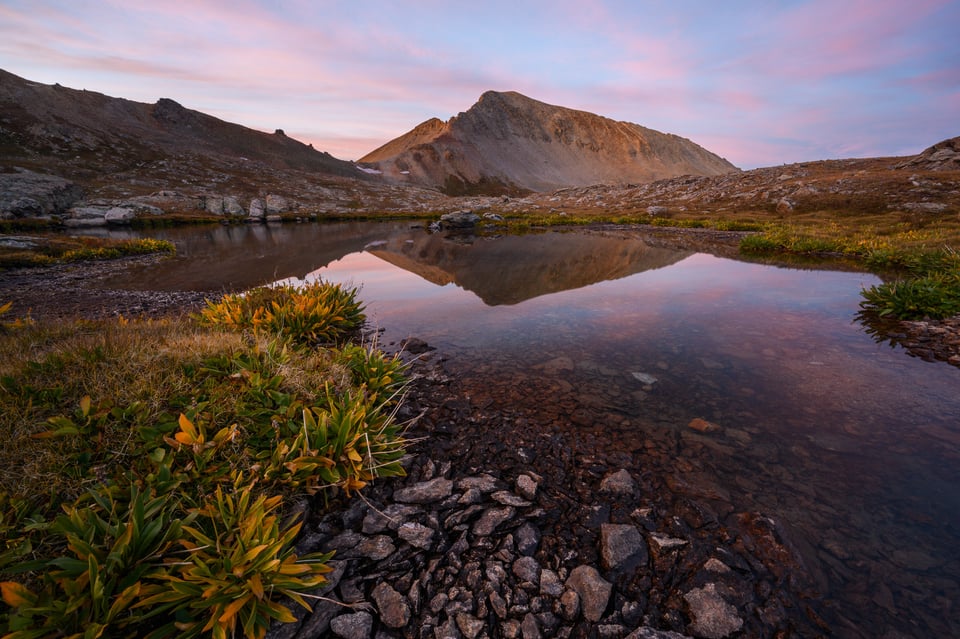
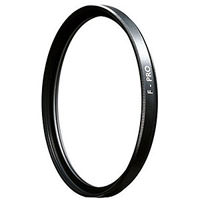 The purpose of a UV / Clear / Haze filters today is to simply protect the front element of a lens. In the past, these filters were used to block UV from hitting the film. All digital camera sensors have a UV/IR filter in front of the sensor, so there is no more need to use UV filters on DSLRs. Many photographers use these types of filters for protection, because it is easier and cheaper to replace a filter than to try to repair a scratched or broken lens element. I personally prefer to keep a clear filter on my lenses at all times, because they are easier to clean.
The purpose of a UV / Clear / Haze filters today is to simply protect the front element of a lens. In the past, these filters were used to block UV from hitting the film. All digital camera sensors have a UV/IR filter in front of the sensor, so there is no more need to use UV filters on DSLRs. Many photographers use these types of filters for protection, because it is easier and cheaper to replace a filter than to try to repair a scratched or broken lens element. I personally prefer to keep a clear filter on my lenses at all times, because they are easier to clean.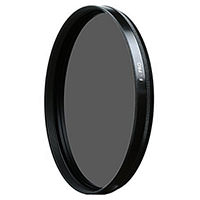 There are two types of polarizing filters – linear and circular. Linear polarizers should not be used on DSLR or mirrorless cameras, because they can result in metering errors. Circular polarizers, on the other hand, are perfect for DSLRs and do not cause any metering issues due to their construction. Circular polarizing filters are essentially linear polarizers, with a second glass element attached to their back that circularly polarizes the light, giving accurate exposure results when the light hits the light meter. When the two elements are aligned at the right handle and orientation from the sun, the captured image could have more saturated colors, bluer skies, fewer reflections, and higher overall contrast. Polarizing filters can also reduce haze, which is very useful for landscape photographers.
There are two types of polarizing filters – linear and circular. Linear polarizers should not be used on DSLR or mirrorless cameras, because they can result in metering errors. Circular polarizers, on the other hand, are perfect for DSLRs and do not cause any metering issues due to their construction. Circular polarizing filters are essentially linear polarizers, with a second glass element attached to their back that circularly polarizes the light, giving accurate exposure results when the light hits the light meter. When the two elements are aligned at the right handle and orientation from the sun, the captured image could have more saturated colors, bluer skies, fewer reflections, and higher overall contrast. Polarizing filters can also reduce haze, which is very useful for landscape photographers. NIKON D700 + 24-70mm f/2.8 @ 26mm, ISO 200, 1/640, f/8.0
NIKON D700 + 24-70mm f/2.8 @ 26mm, ISO 200, 1/640, f/8.0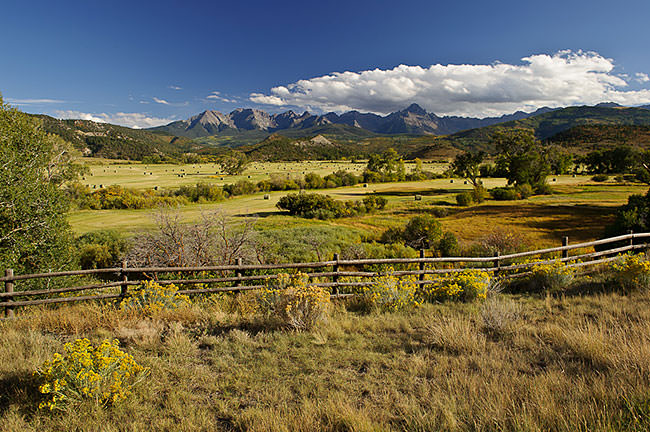
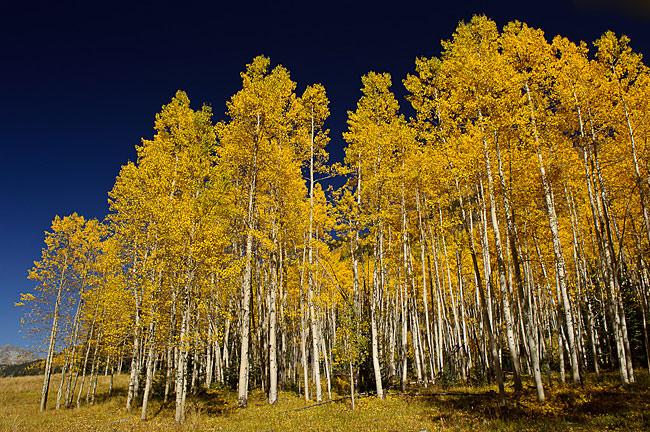
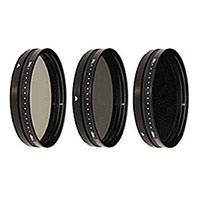 The purpose of neutral density filters is to reduce the amount of light that gets to the camera and thus decrease the shutter speed and increase exposure time. These types of filters are particularly useful in daytime, because of the abundance of light that cannot be significantly reduced by stopping down the lens aperture and decreasing ISO.
The purpose of neutral density filters is to reduce the amount of light that gets to the camera and thus decrease the shutter speed and increase exposure time. These types of filters are particularly useful in daytime, because of the abundance of light that cannot be significantly reduced by stopping down the lens aperture and decreasing ISO.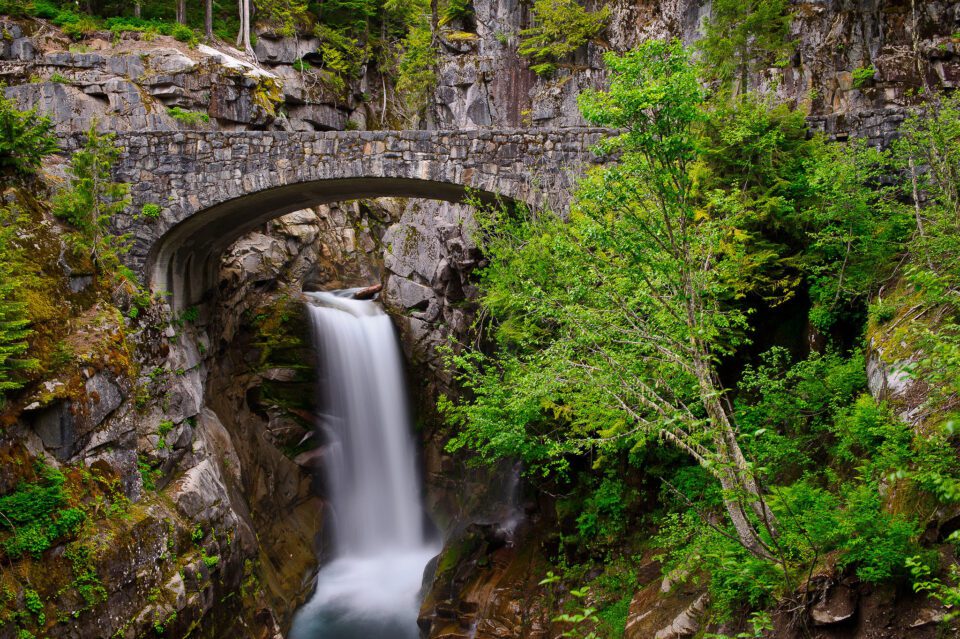
 The difference between neutral density and graduated neutral density filters is that the latter is half clear. Because the size of the sky versus the foreground can change depending on the composition, most GND filters are made in a rectangular shape.
The difference between neutral density and graduated neutral density filters is that the latter is half clear. Because the size of the sky versus the foreground can change depending on the composition, most GND filters are made in a rectangular shape. Hard-edge graduated neutral density filters can be very useful in high-contrast situations, where the sky is very bright compared to the foreground and the horizon is flat (due to hard transition from dark to clear). While photographing, the hard edge in the center is aligned with the horizon. The sky is then darkened depending on the intensity of the filter. A two or three-stop hard-edge GND filter is often sufficient to balance the shot.
Hard-edge graduated neutral density filters can be very useful in high-contrast situations, where the sky is very bright compared to the foreground and the horizon is flat (due to hard transition from dark to clear). While photographing, the hard edge in the center is aligned with the horizon. The sky is then darkened depending on the intensity of the filter. A two or three-stop hard-edge GND filter is often sufficient to balance the shot.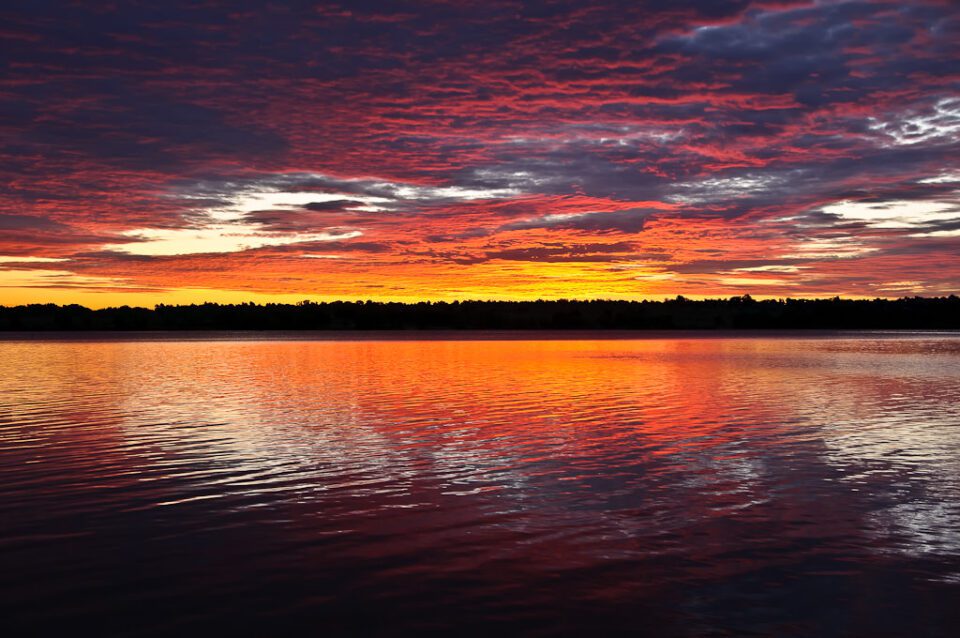
 Compared to hard-edge GND filters, soft-edge graduated neutral density filters gradually transition from dark to clear, allowing photographers to use these filters when photographing a non-flat horizon. While mountains, hills and other objects above the horizon can be problematic for hard-edge GND filters, soft-edge GND filters work much better in those situations instead, due to the gradual transition. I use soft-edge GND filters for my landscape photography work a lot and find them more useful than hard-edge GND filters.
Compared to hard-edge GND filters, soft-edge graduated neutral density filters gradually transition from dark to clear, allowing photographers to use these filters when photographing a non-flat horizon. While mountains, hills and other objects above the horizon can be problematic for hard-edge GND filters, soft-edge GND filters work much better in those situations instead, due to the gradual transition. I use soft-edge GND filters for my landscape photography work a lot and find them more useful than hard-edge GND filters.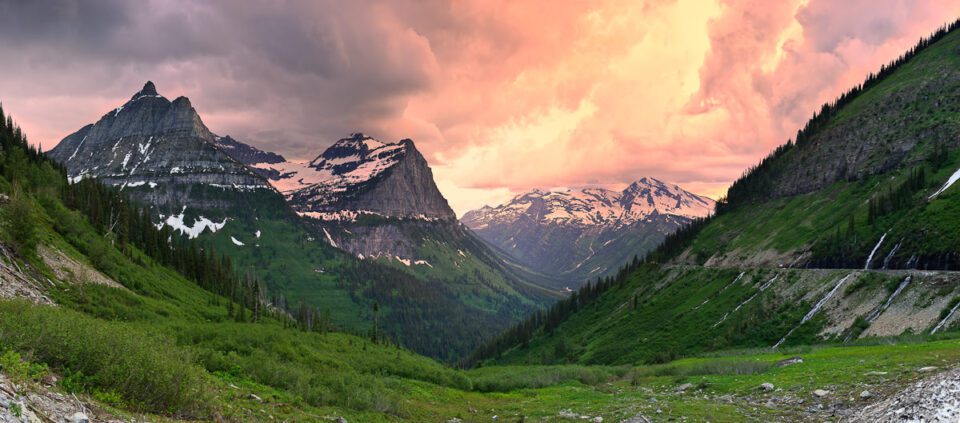
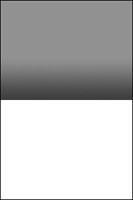 Reverse graduated neutral density filters are relatively new. When compared to regular hard/soft-edge GND filters, they are dark at the horizon (hard-edge) and gradually soften towards the top. Reverse GND filters are very useful for sunset shots when you shoot against the sun and it is near the horizon. A common problem with such sunsets is that the sun is much brighter than the sky. If you use a hard-edge GND filter, the sky might get too dark and if you use a soft-edge GND filter, the sun will be overexposed. The solution is to use a reverse GND filter, which balances the sun and the sky in the frame, resulting in a more balanced exposure.
Reverse graduated neutral density filters are relatively new. When compared to regular hard/soft-edge GND filters, they are dark at the horizon (hard-edge) and gradually soften towards the top. Reverse GND filters are very useful for sunset shots when you shoot against the sun and it is near the horizon. A common problem with such sunsets is that the sun is much brighter than the sky. If you use a hard-edge GND filter, the sky might get too dark and if you use a soft-edge GND filter, the sun will be overexposed. The solution is to use a reverse GND filter, which balances the sun and the sky in the frame, resulting in a more balanced exposure.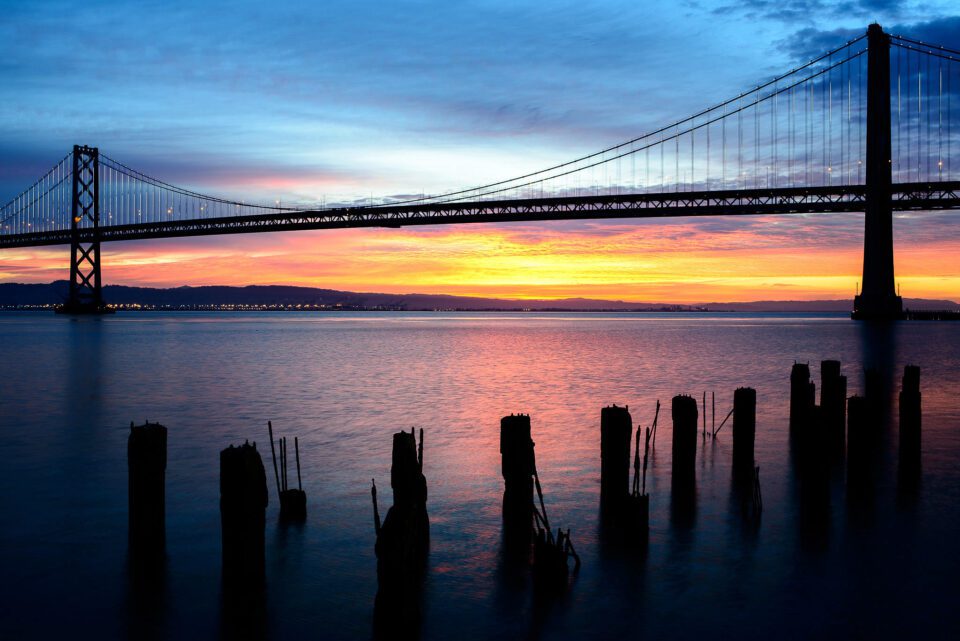
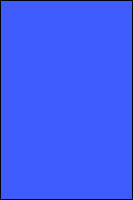 Color / Warming / Cooling filters are used in order to alter the colors in a photo. There are two types of color filters – color correction and color subtraction. The former is used for correcting
Color / Warming / Cooling filters are used in order to alter the colors in a photo. There are two types of color filters – color correction and color subtraction. The former is used for correcting 
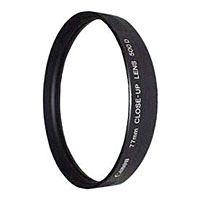 Close-up filters are generally called close-up lenses, because they are more lenses than filters. They attach to lenses just like filters, which is why I am listing them as filters. Close-up lenses are primarily used for macro photography to be able to get closer to the subject, decreasing the minimum focus distance of the lens. Close-up lenses are a cheap way to convert your normal lens to a macro lens, although they do negatively affect image quality. For the best results, it is recommended to use a macro lens instead. Stacking close-up filters is acceptable, although image quality is hurt even more.
Close-up filters are generally called close-up lenses, because they are more lenses than filters. They attach to lenses just like filters, which is why I am listing them as filters. Close-up lenses are primarily used for macro photography to be able to get closer to the subject, decreasing the minimum focus distance of the lens. Close-up lenses are a cheap way to convert your normal lens to a macro lens, although they do negatively affect image quality. For the best results, it is recommended to use a macro lens instead. Stacking close-up filters is acceptable, although image quality is hurt even more.
تعليق